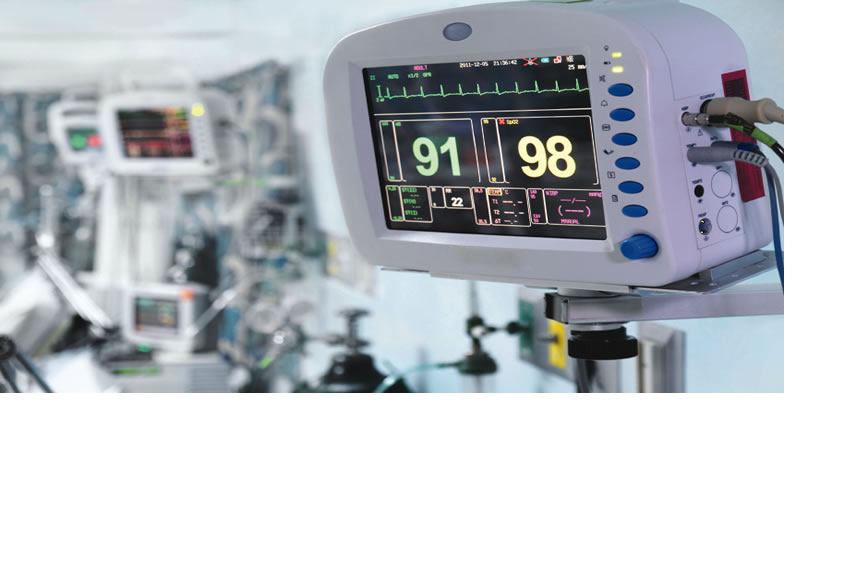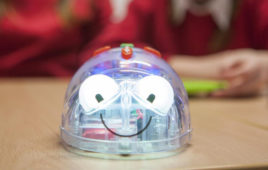
(Credit: Stock)
Like all of the gadgets in our lives, medical devices are becoming increasingly sophisticated. As the devices becomes smaller and more discrete they will be more acceptable and reach more markets. Some are now branded as “wellness solutions”, rather than a product that alerts the user of health concerns. However, with its advanced technology and size constraints come complexity.
Devices like defibrillators, cardiac monitoring, CPAP machines, oxygen and insulin pumps have realized huge benefits from remote monitoring via cellular and/or Wi-Fi. As well as giving a patient or caregiver valuable real-time information, it also means technical support can be done remotely rather than onsite, and a provider can ensure the user is getting the maximum benefit from the device itself.
Medical device hardware design calls for a different approach to other IoT devices such as telematics or security devices. The product topology and layout is always unique. The medical device manufacturer is tasked to make their devices more compact and functional. A common challenge companies can confront is adding cellular functionality to an existing device while the enclosure size or main PCB inside does not.
This means a custom design and more bespoke integration is required, as are creativity and invention to ensure the device performs beyond expectation and reliably. There’s always more pressure in such cases, as it lingers in the back of your mind what happens in real life if this device does not connect or cannot connect when someone’s health and/or life depends on it.
Providers now not only have to confront the FDA, but they need to consider FCC, CE, and likely network operator approvals if using cellular. This means they have to test for device transmit and receive sensitivity, otherwise known as OTA (Over the Air) testing. If the device is small and body worn, this has a dramatic effect on the antenna and RF system, hence the OTA results. Added to that, the device has its own important function, and this usually means there are noisy electronics and activity close to the RF and wireless system. This all needs to be accounted for by the custom design approach. Power consumption is also often a critical factor if the device is battery-powered, meaning very efficient antennas are needed so the device is not losing power when receiving or transmitting.
Talking early to all the partners required for success in the connectivity landscape is essential in the device build process. The network operators, module or chipset vendors, test labs, and antenna and RF providers are good places to start. They can help device manufacturers understand exactly what they need to achieve to deploy devices on networks and in the field before beginning the design. They can also learn the common pitfalls of the device certification process, and how to avoid them. There is a lot of experience in the IoT landscape, so best practice wireless device design is available.
A discussion with your antenna vendor at the very beginning can have a dramatic effect on PCB real estate, and device shape and size. Retrofitting antenna solutions for network approvals can be a painful process and can be avoided if the antenna vendor is involved early. Ensuring that vendor has the right equipment to design successfully is also critical.
It’s great to see devices like FitBit become mainstream as a consumer device that’s cool to wear. It will help medical devices that are critical to health and wellness become more acceptable and keep enabling longer lives.
Dermot O’Shea, co-founder and joint CEO of Taoglas, is a seasoned IoT entrepreneur with more than 15 years’ experience in the global electronics industry spread over roles in Europe, Asia, and North America. He is recognized as an expert in the antenna and wireless business. Dermot co-founded Taoglas with Ronan Quinlan in 2003 and, together, they have led the company to exponential profitable growth. Dermot has also helped Taoglas earn recognition globally as the market leader for M2M and IoT antennas.


